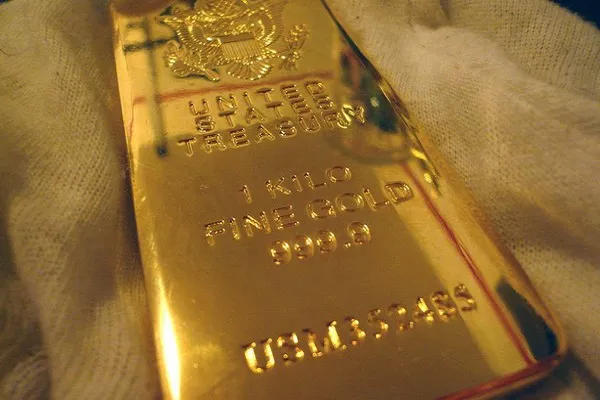In the world of precious metals, gold has always held a special allure. Within the realm of gold, there exists a fascinating phenomenon known as a gold spot. This captivating feature has garnered attention from investors, collectors, and enthusiasts alike. In this article, we delve into the intricacies of the gold spot, unraveling its significance, origins, and characteristics. Join us on a journey to discover the mystique surrounding this elusive element of the precious metals market.
Understanding Gold Spot
What is a Gold Spot?
A gold spot refers to a specific location or area within a gold bar, coin, or piece of jewelry that exhibits a distinct and concentrated patch of gold. It stands out from the surrounding metal, presenting a deeper, richer hue of gold. The spot may vary in size, shape, and intensity, creating an intriguing visual contrast.
Origins and Causes
The formation of a gold spot can be attributed to various factors, including impurities, alloys, or irregularities during the manufacturing or refining process. These factors can result in uneven distribution of gold within the metal, leading to localized areas of higher purity or concentration.
Types of Gold Spots
Gold spots can manifest in different forms, each with its own characteristics. Common types include milk spots, contact marks, and flow lines. Milk spots, also known as white spots, are small, white or cloudy discolorations that may appear on gold coins due to impurities. Contact marks are surface blemishes caused by physical contact or mishandling. Flow lines are wavy lines or streaks that result from the movement of metal during the minting or casting process.
Collecting and Investing in Gold Spots
Collectible Appeal
Gold spots can add uniqueness and character to a gold coin or bar, making them more desirable for collectors. Some collectors actively seek out coins or bars with distinct and visually appealing gold spots, as they can enhance the overall aesthetics and value of the piece.
Investment Considerations
While gold spots may not typically affect the intrinsic value of gold itself, certain coins or bars with rare or aesthetically pleasing spots may command a premium in the collector’s market. As with any investment, it’s important to carefully research and evaluate the specific coin or bar, considering factors such as rarity, condition, and market demand.
Prevention and Remediation
To prevent the formation of unwanted gold spots, proper handling and storage of gold items are essential. Keeping gold coins or bars in protective cases or containers can minimize contact with external substances that could cause discoloration or blemishes. If gold spots do develop, seeking the assistance of a professional jeweler or numismatist may help determine appropriate cleaning or restoration methods.
Conclusion
The enigmatic gold spot adds an intriguing dimension to the world of gold. Whether it is seen as an imperfection or a distinctive characteristic, gold spots have captivated the attention of collectors and investors alike. Understanding the origins and types of gold spots can provide insight into their value and significance. As with any aspect of the precious metals market, careful consideration and research are crucial when collecting or investing in gold spots. Embrace the allure of these captivating features, and appreciate the beauty and diversity they bring to the realm of gold.


